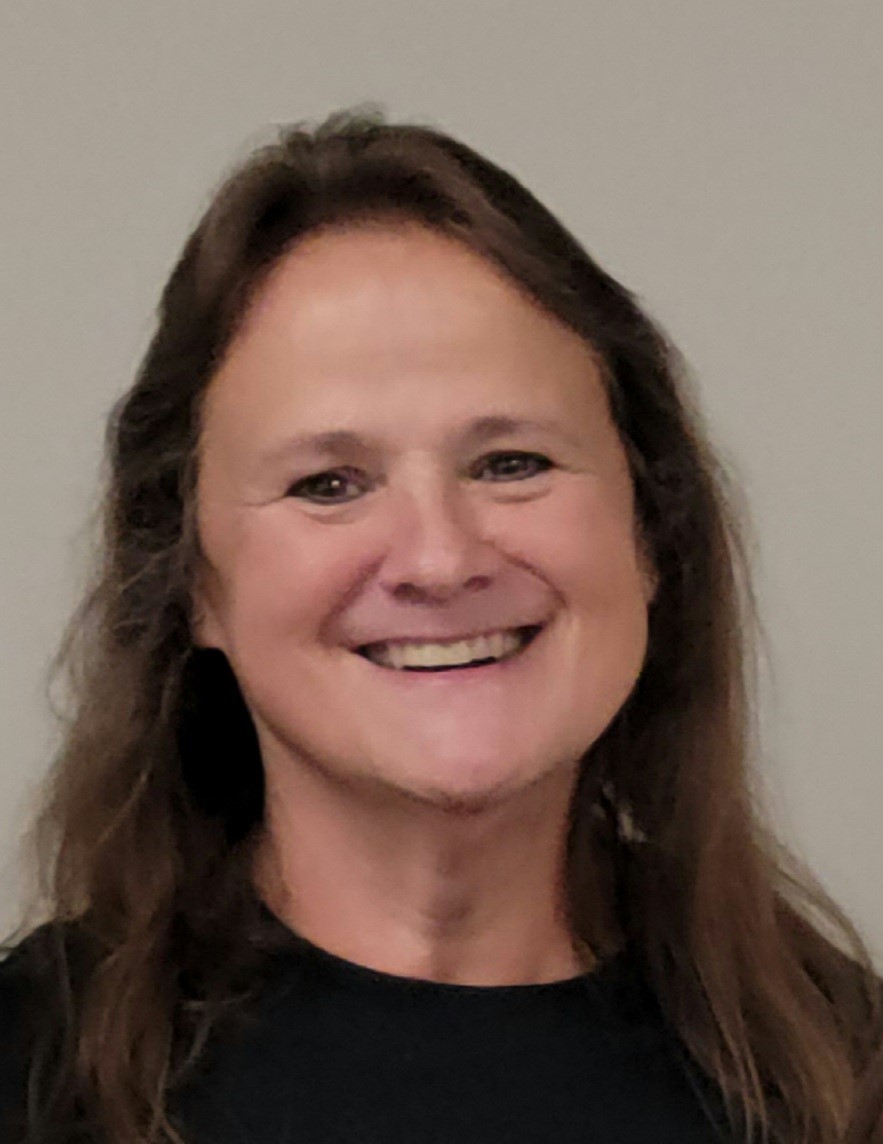Fatality Review & Prevention Division joins effort to help standardize pediatric drowning investigations
It may come as a surprise to some, but nationally, the second leading cause of death for children 1-4 years old is accidental drowning.
In Indiana, drowning was the leading cause of death for that age group from 2017-2021. Only fatal congenital anomalies outpace the estimated number of 4,000 young children who drown each year in the United States. For children 5-14 years old, drowning is the second leading cause of unintentional injury-related death, according to the National Center for Fatality Review & Prevention (NCFRP). Additionally, data show that racial and socioeconomic disparities play a huge role in drowning deaths, with minority populations adversely impacted at far higher rates.
Despite those grim statistics, there is currently no national drowning registry; and within communities throughout the country, the methods used to investigate and track these accidental deaths can vary as widely as the circumstances of each fatality.
To address these issues and more, NCFRP began its “Drowning Death Scene Investigation and Child Death Review Project” (CDR) in 2022. CDR is utilizing pilot sites throughout the United States for the purposes of developing a standardized drowning investigation tool, enhancing data collection in pediatric drowning deaths (by utilizing currently existing child fatality review programs), and determining the feasibility of a nationwide drowning case registry.
Pilot takes flight
If you ask Fatality Review & Prevention Division Director Jamie Smith her thoughts on such a registry, she won’t hesitate to tout the advantages it could bring. First and foremost, she and her team are the only such group in the Hoosier State to join the CDR pilot, and they did so out of a desire to bring consistency to how pediatric drowning deaths are investigated.
Secondly, the goals of the pilot are a perfect match for IDOH’s FRP team which, at its core, has one overarching mission: prevent as many child deaths in Indiana as possible.
A key element to that is having access to critical details about each fatality.
“My goal is that we will have complete case information for every death that occurs,” said Smith. “So, we’ll know things like, was the child able to swim? Were there gates on the pool? Was there supervision at the river or pond? We’ll know everything that happened when that death occurred so that we can identify opportunities for prevention that were missed for that death, and then we can apply it to some education, some public awareness messaging.”
As it stands now, each Indiana county has professionals who investigate the causes of drowning deaths. But the infrequency with which they occur (in some communities, it may be years between fatal drowning incidents, which could entail personnel changes and/or the use of different methods of data collection that could leave out key information) and the lack of consistent investigatory protocol may omit pieces of an important puzzle.
“The problem with what we have now is if [the investigators] miss a question, we miss that data piece,” said Smith. “We miss an opportunity to develop prevention. We have to have the complete story – accurate data – in order to come up with evidence-based, data-driven prevention strategies, which is our ultimate goal.”

Pictured above: Jamie Smith
Great Lakes State connection
Smith’s pilot team includes program directors Pam Ashby and Allie Houston, and epidemiologist Mallory Lown. Each has a different role to play in the program, with Ashby’s experience and leadership joining Houston’s work on the fatality prevention side. Lown handles much of the data analysis, which, of course, is vital to track the program’s progress. It’s still early days for IDOH’s work, however, so seeing results may take time.
But there’s plenty of reason for optimism.
Smith explained there are approximately 20 pediatric drownings in Indiana each year compared to around 100 sudden unexpected infant deaths (SUIDs) – another tragic circumstance the FRP team is working to prevent. She believes that using established best practices that have been successful in other investigations can carry over into drowning fatalities.
“We have fantastic local fatality review teams who want to prevent children from dying and who are willing to take on this extra project in order to not see these drowning deaths in the news anymore,” Smith said.
Ashby, Lown, and Houston worked under former IDOH FRP director Gretchen Martin, who last year took on a new role as NCFRP Senior Project Coordinator, so Hoosier connections to the pilot program run deep. NCFRP is a program of the Michigan Public Health Institute.
Ashby said Martin helped bring her out of her retirement, following their work together for the Department of Child Services. Likewise, Lown’s start in epidemiology and Houston’s work in prevention began during Martin’s tenure.
“It’s my niche and really lets me show off my expertise with numbers and using them to help guide and dictate prevention efforts,” Lown, who started as an IDOH intern in the Trauma andInjury Prevention Division, said. “I’ve been very fortunate to end up where I am.”
Houston became Prevention Programs director. She said she enjoys her work because it allows her to interact with community members and “just try to make change actually happen in the community.”
“And I’ve been able to see, over the past few years, different policies go into place just because of the work that we do in our division,” Houston said. “Like, we’ve had legislation passed that I feel has been really huge, so just being able to be a part of a team that does that, I think, is really great.”
Martin may have helped bring Ashby back to the state, but Smith’s leadership has made it easy for her to make the decision to stay.
“Jamie has just continued to be very encouraging and wanting me to stay – to work in this field,” commented Ashby. “I’d have to say, though, this is what I have done all the years I’ve been employed with the state – working with children, trying to protect children, trying to make sure they’re safe, and to do whatever we can to ensure their safety.”
The team is joined by three child fatality review coordinators who work at the local level, directing the reviews and getting the data back so it can be entered into what could eventually become the national registry this program hopes to create. Brittany Rutledge is the Northern Indiana community coordinator, Crystal Gummere is the Central Indiana community coordinator, and Rachel Eckstein works as the Southern Indiana community coordinator.

Pictured above: Pam Ashby
Important details
Ashby noted that the data collection process is vital in learning the unique circumstances that may have led to – or been a factor in – the tragic death of a child.
“We also have those cases where we have adolescents who have epilepsy or other health conditions that could be a contributing factor to their drowning,” Ashby explained. “And so that’s also information we’re trying to collect to help families find the answers and to prevent any further children from dying.”
Smith said the pilot project doesn’t have a definitive timetable, but it appears the IDOH team plans to be involved for the long haul. The team said they anticipate the program occurring annually. Their hope is that the revised data collection methods will save lives by helping investigators understand more precisely why such a tragedy occurred – and how it could have been prevented.
That’s what people like Smith, Ashby, Lown, and Houston are working to do every day.
“We’ve saved lives,” commented Smith. “We’ve saved children’s lives. Everybody in this division has saved lives, and I think it’s pretty amazing to be able to say that.”
Story by Brent Brown, Indiana Department of Health